Formula 1 drivers, including Pierre Gasly, have urged for a solution to a “chicken-and-egg” situation regarding visibility during Grands Prix affected by wet weather.
The issue has been simmering during the ground effect era of F1 for some time, but reached a boiling point at the Belgian Grand Prix last month.
Changeable and inclement conditions saw the race delayed by race control for over an hour, leading to an array of contentious opinions from a number of drivers.
Some, including Lewis Hamilton, felt the delay was an overreaction sparked by similarly unpredictable weather at the British Grand Prix earlier that month.
There was also a secondary factor of drivers, who had taken the weather into account regarding their race strategy, were angry that their set-ups were rendered useless.
Other individuals, including McLaren boss Andrea Stella, were more diplomatic on the situation, believing erring on the side of caution was the correct thing to do.
Naturally, these incidents have triggered conversations as to how these issues can be dealt with in the future in such a way that the elements would not block racing from a safety aspect.
Ground effect cars, by default, will cause more spray to be produced from them, often spawned from heavy diffusers and low ride height set-ups.
2026’s cars will be less reliant on ground effect, as they have flatter bottoms which, in theory, should curb the amount of spray being kicked up from one car into the path of another.
This, plus narrower tyres, might help in terms of reducing the dangers of visibility, but the problem is still being discussed as omnipresent into next year.
Gasly revealed that the solutions have been discussed, such as closed-wheel designs to mitigate spray, but acknowledged there is a disconnect between racing in these conditions, and the wet tyre compounds being rendered pointless.
“We know the spray is definitely not great with these cars,” the Frenchman told media including Motorsport Week.
“There’s been quite a lot of testing going on to reduce the spray from a tyre point of view, like a wheel cover, etc.
“I’m not too sure where we are at, but moving forward, we definitely need to find a way to reduce that spray, which then will allow us to race in wet conditions.
“At the moment, when the visibility is fine, there’s no need for the wet tyre. It’s a bit of a chicken-and-egg kind of thing and they need to work on that.”
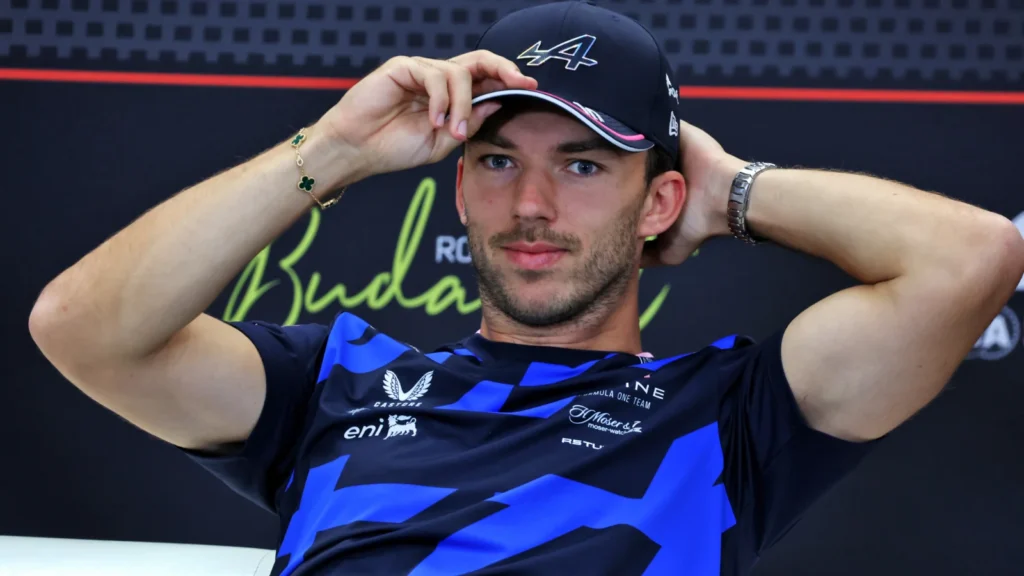
Bigger F1 cars have caused worse spray
Lance Stroll was similarly keen to ensure a resolution of the wet-weather anomaly is found, particularly as tracks such as Spa, due to the nature of its layout, exacerbate the problems.
The Canadian explained to media including Motorsport Week his belief that the evolution of F1 cars size-wise has also contributed hugely to the problem.
“I think the cars have gotten big, the tyres have gotten bigger, the spray has gotten worse over the years. That’s my feeling,” Stroll assessed.
“Visibility is the biggest issue now with the size of the cars and the tyres.
“Races like Spa with the nature of the track, Eau Rouge, going 300 kilometres per hour without seeing anything at the top of the hill – racing conditions like that are hard to go through with and then go racing.
“I don’t know if it’s gotten worse. It’s always been challenging. The spray is the biggest issue and the visibility.
“To go ahead with races like Spa, start earlier and race in proper wet conditions, we need to work on the visibility factor and how we can improve that.”
READ MORE – Why Pierre Gasly would take Alpine being last ‘every day of the week’ in F1 2025

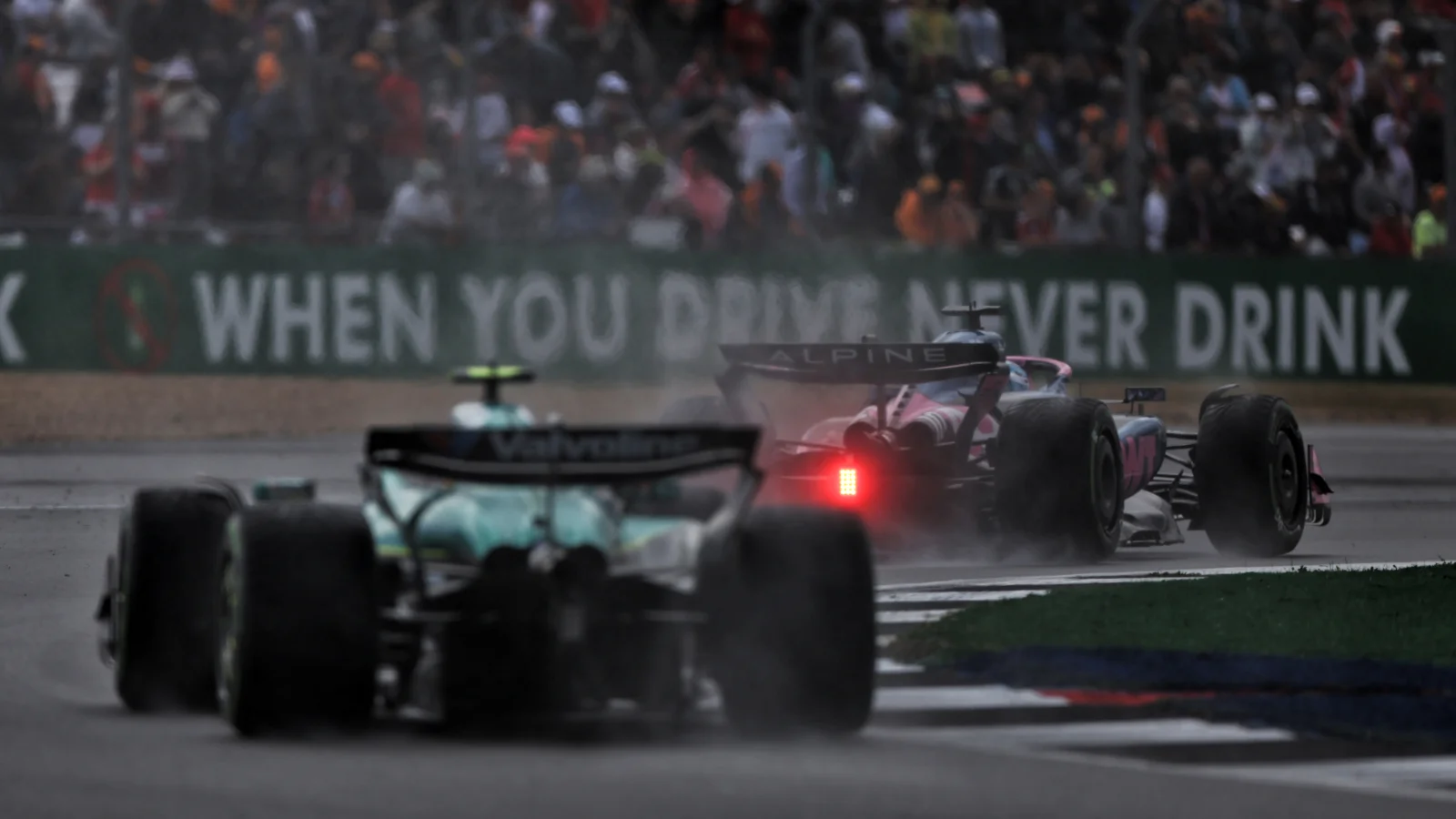


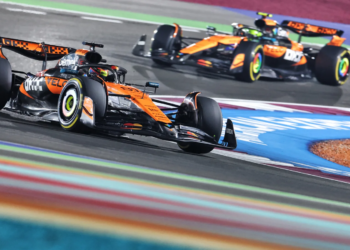
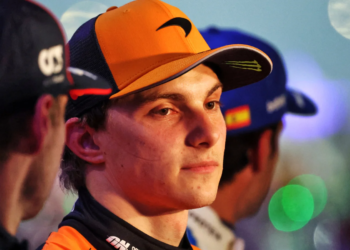
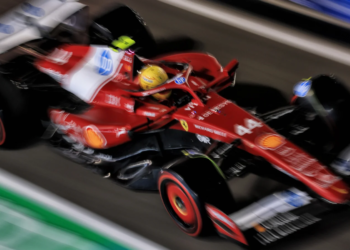
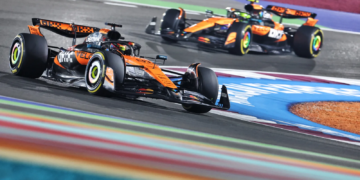
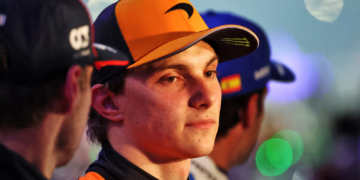
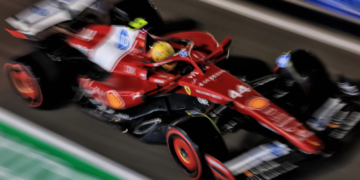
Discussion about this post